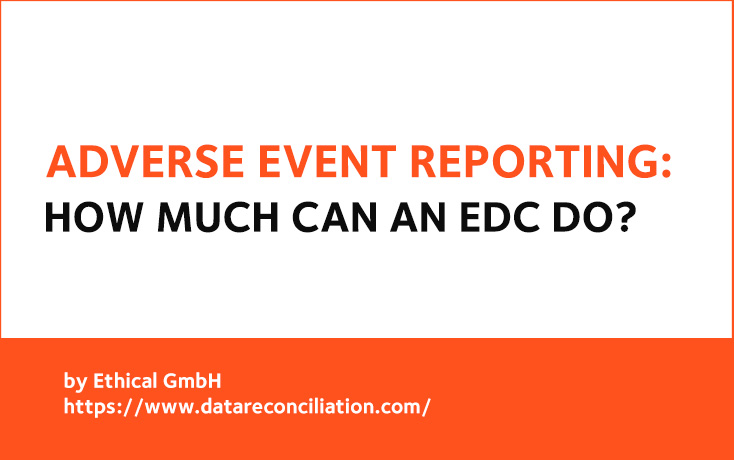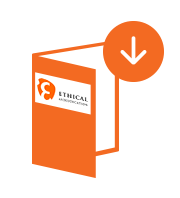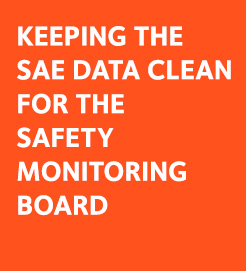The need to monitor and track the emergence of adverse events (AE) in clinical studies is a fundamental component of clinical research. In particular, serious adverse event reporting (SAE reporting) is an obligation of the sponsor and obeys strict rules. With the broad adoption of electronic data capture (EDC) technologies, some sponsors are testing EDC as a solution for tracking and reporting SAEs. But how good is EDC in drug safety reporting?
Adverse event reporting including tracking of SAE is an obligation in clinical studies and is closely monitored by health authorities. The European directive 2001/20/EC states that “The sponsor should continuously weigh anticipated benefits and risks of the clinical trial, which includes ongoing safety evaluation of Investigational Medicinal Products” and the US FDA 21 CFR 321.56 states that “The sponsor shall review and evaluate the evidence relating to the safety and effectiveness of the drug as it is obtained from the investigator. The sponsor shall make such reports to FDA regarding information relevant to the safety of the drug as are required under 312.32…”
Even more stringent reporting rules apply to AEs that are further characterized as Suspected Unexpected Serious Adverse Reactions (SUSAR). Finally, in addition to protecting the safety of clinical research subjects, AE information drives changes in investigators brochures, SmPC, research protocols and informed consent documents and can even influence dose administration regimens in certain clinical trial designs.
Surprisingly, many research organizations still use paper-based facsimile (FAX) for drug safety reporting but, since the development and broad use of EDC, many companies have investigated the possibility to use EDC as the main tool for drug safety reporting. Technically, this appears as a good solution since the investigational sites capture all clinical data including safety data about AE and SAE in the electronic case report forms in the EDC systems they use. Furthermore, EDC data undergo thorough cleaning and verification both by automated queries and by ad-hoc edit checks run in the clinical database which render them very reliable. However, compared to the stringent safety monitoring and reporting systems, EDC has some weak points that have prevented its generalized use so far.
Clinical data are not always entered in a timely manner in EDC. Indeed, there is no obligation or written guidance forcing sites to complete the EDC data within a given timeframe. While it is recommended to do this as soon as possible, it is up to the site coordinator to decide. This creates an unacceptable risk of missing the strict adverse event reporting window.
EDC data move along a “slow” workflow from the site to the clinical database with repeating loops of corrections and checks. Relying on the qualifications of the AEs within the clinical system for data collection does not guarantee that the reporting will be prompt.
Finally, SAE, AESI (adverse events of special interest) and SUSAR require a detailed description of each case and a follow up until resolution. These are all set up in specialized pharmacovigilance tools for drug safety reporting such as Argus and can hardly be handled by today’s EDC systems.
In our opinion, while EDC is an excellent method for collecting and processing clinical data including safety data, these tools have been developed with the needs of clinical data management in mind and not safety reporting. A system to handle adverse event reporting must be air-tight and, despite their numerous qualities, EDC tools have many attributes but not this specific one.
DOWNLOAD NOW THE FREE SAE RECONCILIATION HANDBOOK
The Manual / Reference Book with all the topics related to the Safety Data Reconciliation Management.







